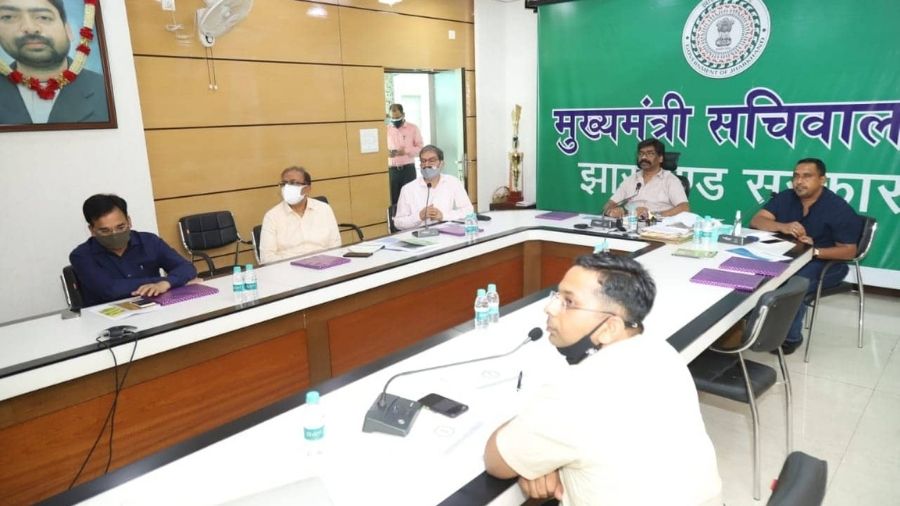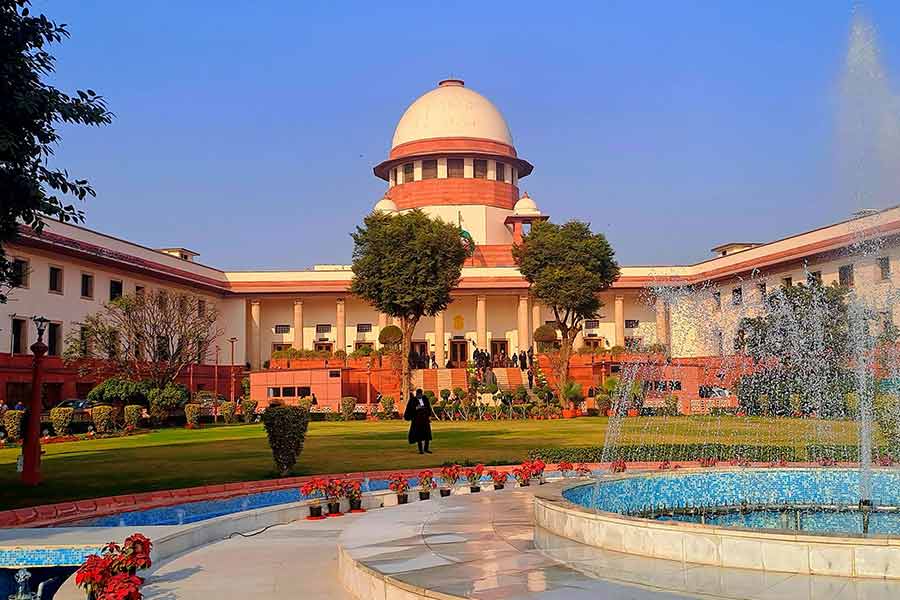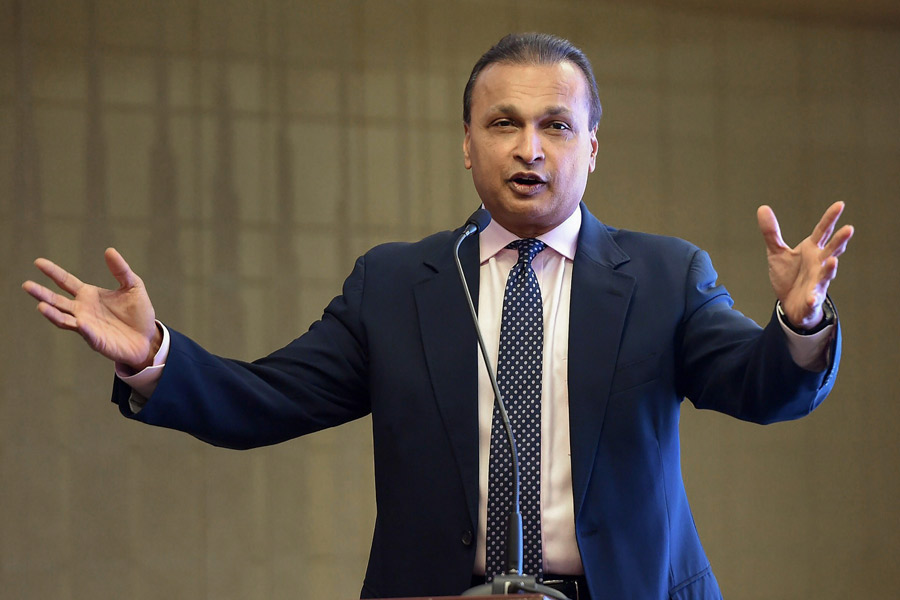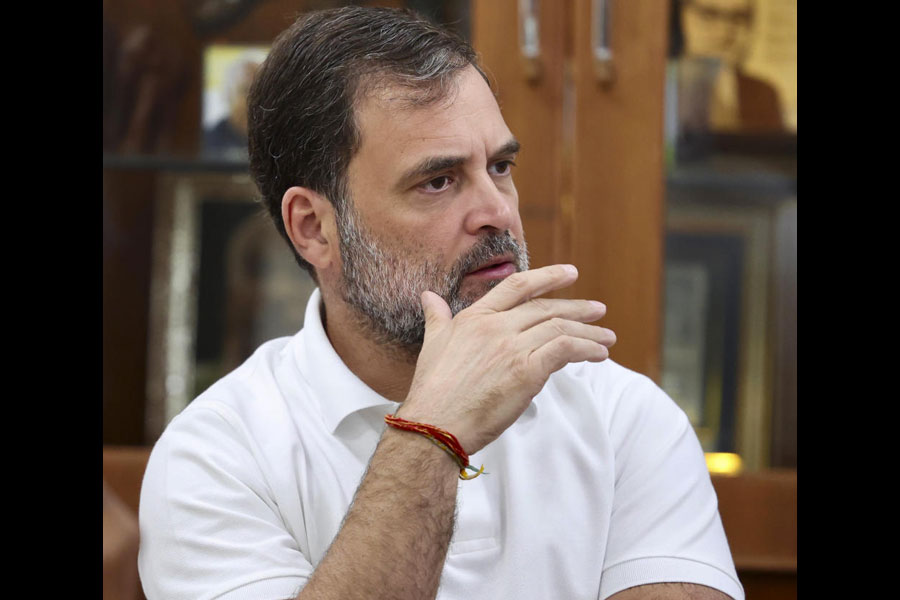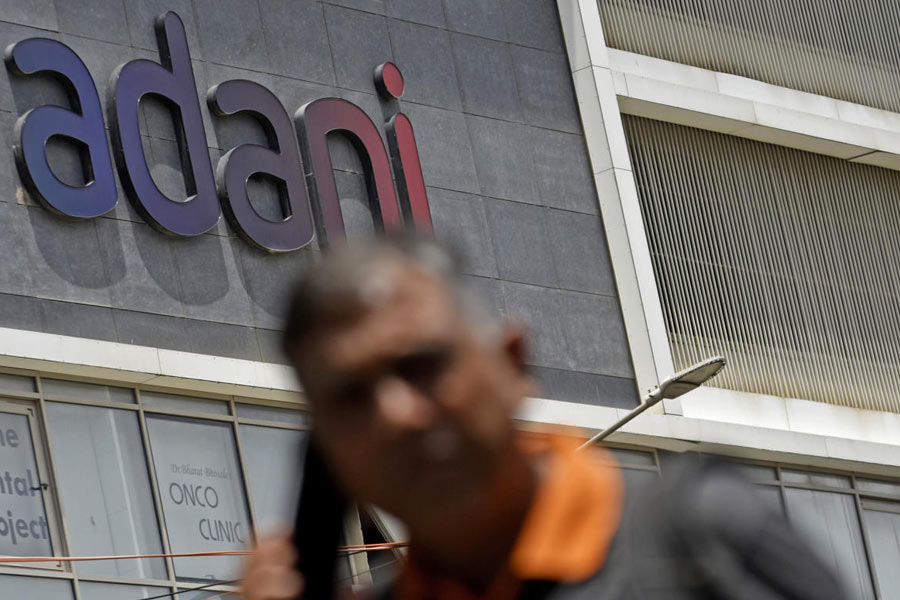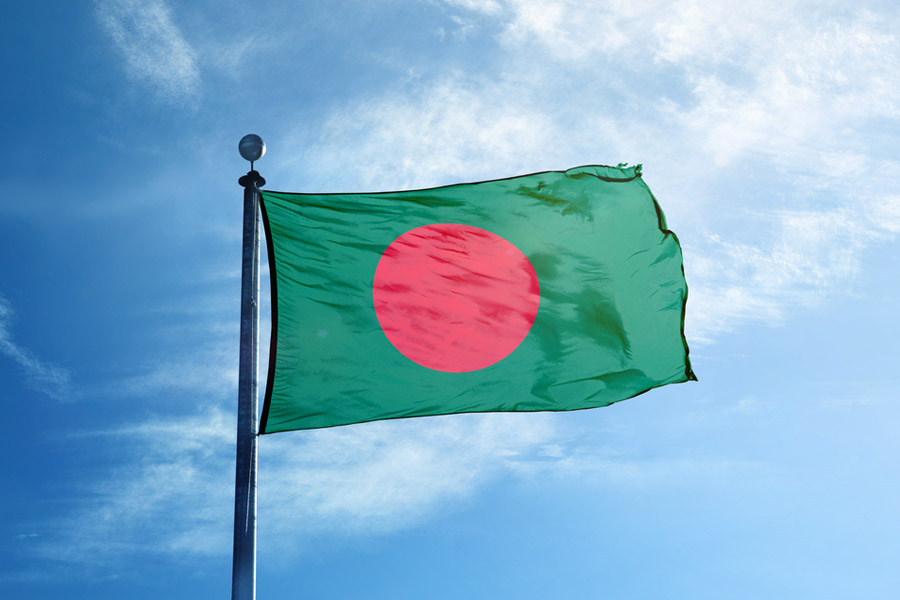The Jharkhand government estimates that anything between 8,500 and 17,000 children could be severely impacted in the event of a third wave of Covid-19, and is, therefore trying to prepare for such an eventuality in a state where children up to the age of 18 make up half its population.
An empowered committee of IAS officers and experts, set up by the state health department for preparing an advance mitigation plan in view of the apprehended third wave, has zeroed-in on the numbers _ a minimum of 8,600 and a maximum of 17,200 _children up to the age of 18 based on trends of the first two waves.
Bhuvanesh Pratap Singh, an IAS officer and member of the committee, said, “Jharkhand’s positivity rate so far has been around 3.87 per cent compared to 7.89 per cent nationally, while the mortality rate was 1.48 per cent compared to 1.20 per cent nationally. The state has 143,49,680 people up to 18 years of age, which is about half the population of the state.
“So, considering a 5 per cent positivity rate if a third wave hits us, the number of severe cases, mainly kids, will be 8,600. The number will be 17,200 if the positivity rate is taken at 10 per cent based on past trends.”
Singh was speaking at the launch of detailed guidelines that have been prepared for the districts. Among the others present were chief minister Hemant Soren, chief secretary Sukhdev Singh and senior officials of the health department along with all deputy commissioners.
The guidelines, in the form of a 250-page booklet, talk about the learnings of the first two waves and underscores gap analysis of childcare in view of the Covid-19 outbreak across districts. It also lists requirements, like manpower, facilities and medical equipment, and certain timeframes to help districts stay prepared for emergency situations.

Chief minister Hemant Soren with senior officials at the release of a booklet of Covid guidelines for districts in Ranchi on Tuesday. Telegraph Picture
Highlighting some of the deficiencies, Singh noted that while all district hospitals have paediatric intensive care units (PICU) but the state was lagging behind in high dependency units (HDU). Jharkhand has 144 MDs in paediatrics and the shortage could be tackled effectively training MBBS and doctors of alternative medicine.
“Currently, we have only about 22 per cent paediatric beds and there is a gap of 78 per cent. Similarly, SNCU/NICU units for Covid is 41 per cent, ie, a shortage of 59 per cent. The biggest gap is HDU which is at 92 per cent. This is an area all districts will have to start working upon to be prepared for the worst situation, if at all it comes,” Singh noted.
He also spoke of strengthening of malnutrition centres, considering high prevalence of malnutrition among children of Jharkhand.
“Initial estimates indicate that state requires an investment of Rs 150 crore to be ready for the third wave,” he said.
Amid the nationwide concerns over a third wave the Indian Academy of Paediatrics has come out with an advisory to try and allay what doctors say are baseless fears circulating on social media about a third wave hitting children hard.
It says that any fresh surge in the Covid-19 epidemic is “highly unlikely” to predominantly or severely affect children.
The IAP, a body representing over 32,000 paediatricians across the country, said that while children appear as susceptible as adults and the elderly to develop the coronavirus infection, 90 per cent of infections in children are mild or without symptoms.
The public advisory from the IAP’s Covid-19 committee comes amid what paediatricians say are unsubstantiated suggestions that a third wave of the epidemic is likely to affect children harder than the first and second waves did.
“We wanted to refute wrong messages and misconceptions going around,” Bakul Jayant Parekh, a Mumbai-based paediatrician and former president of the IAP, told The Telegraph Online. “This advisory represents the IAP’s viewpoint based on global scientific evidence.”
Hence, chief secretary Sukhdev Singh’s advise to districts to be flexible in their approach seems prudent. “Usually, pandemic or waves don’t attack people age or gender wise. So, don’t just blindly channelise energies on building childcare units and ignore other age groups. Our preparations should be such that in case of any adversity, we must be able to respond in the least possible time to convert dedicated child wards for adults and vice versa,” he said.
Chief minister Hemant hoped the Covid situation does not deteriorate. “I just wish that our apprehensions of a third wave do not convert into reality. But, but we can’t sit and relax. We have to be on guard and not allow complacency to creep in,” he said, adding that the state government was working out plans to launch door-to-door public health surveys a regular affair in Jharkhand.

